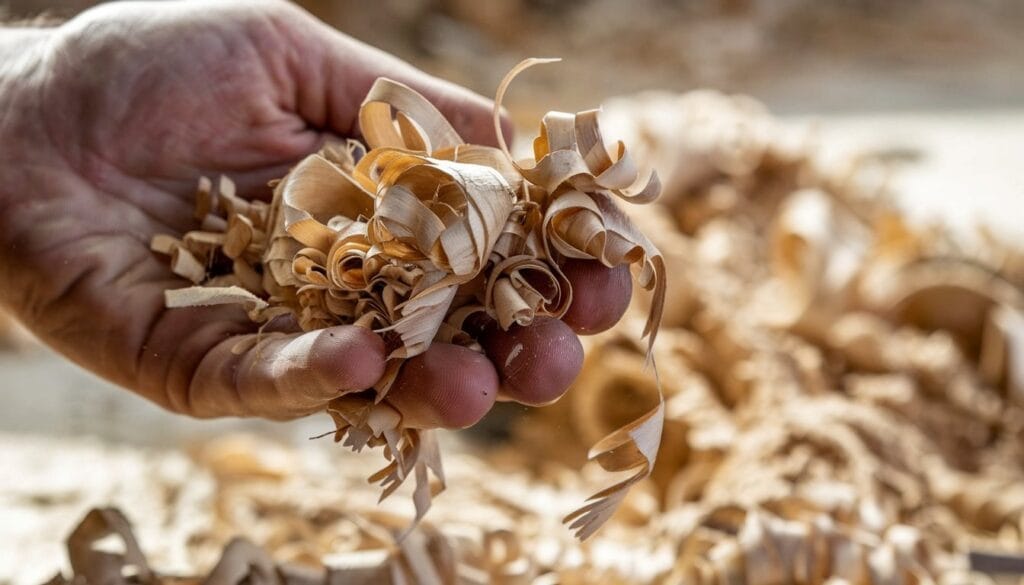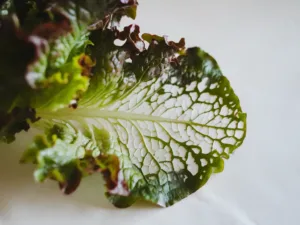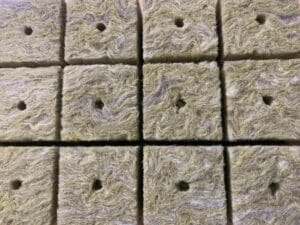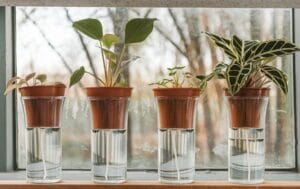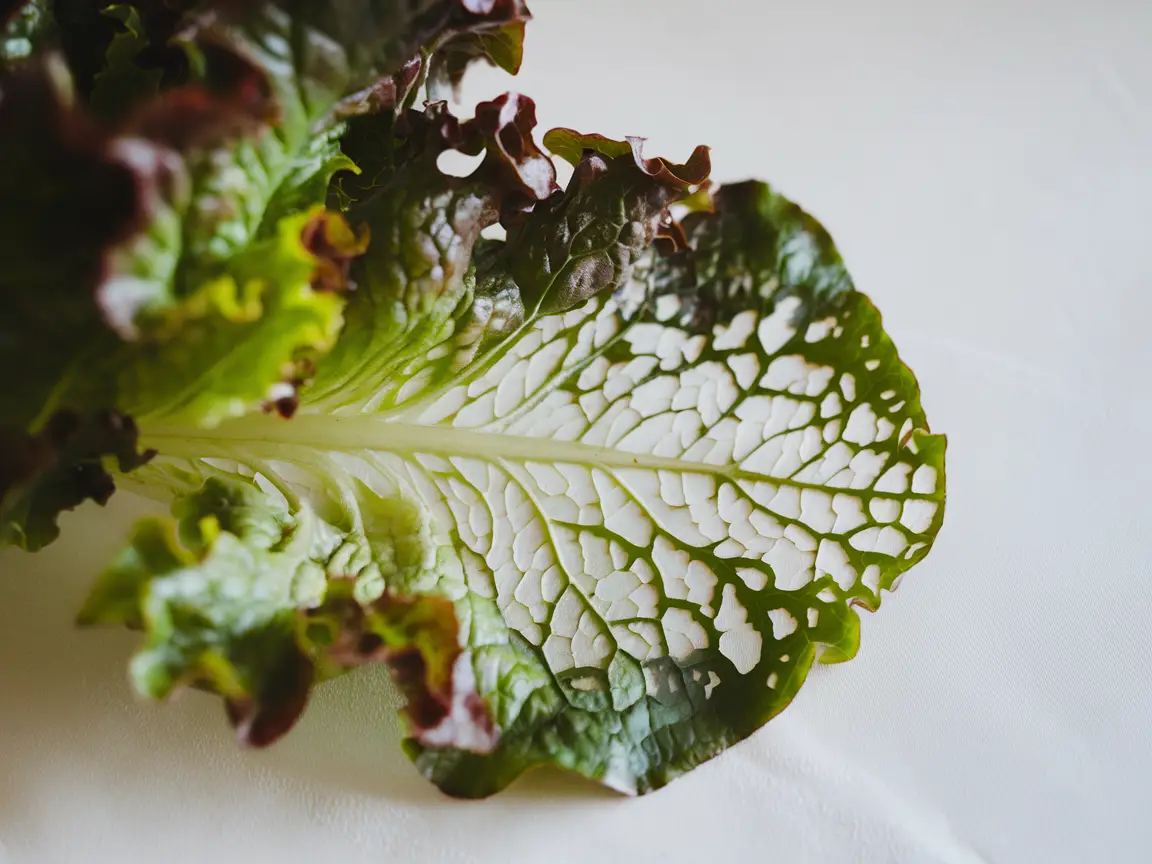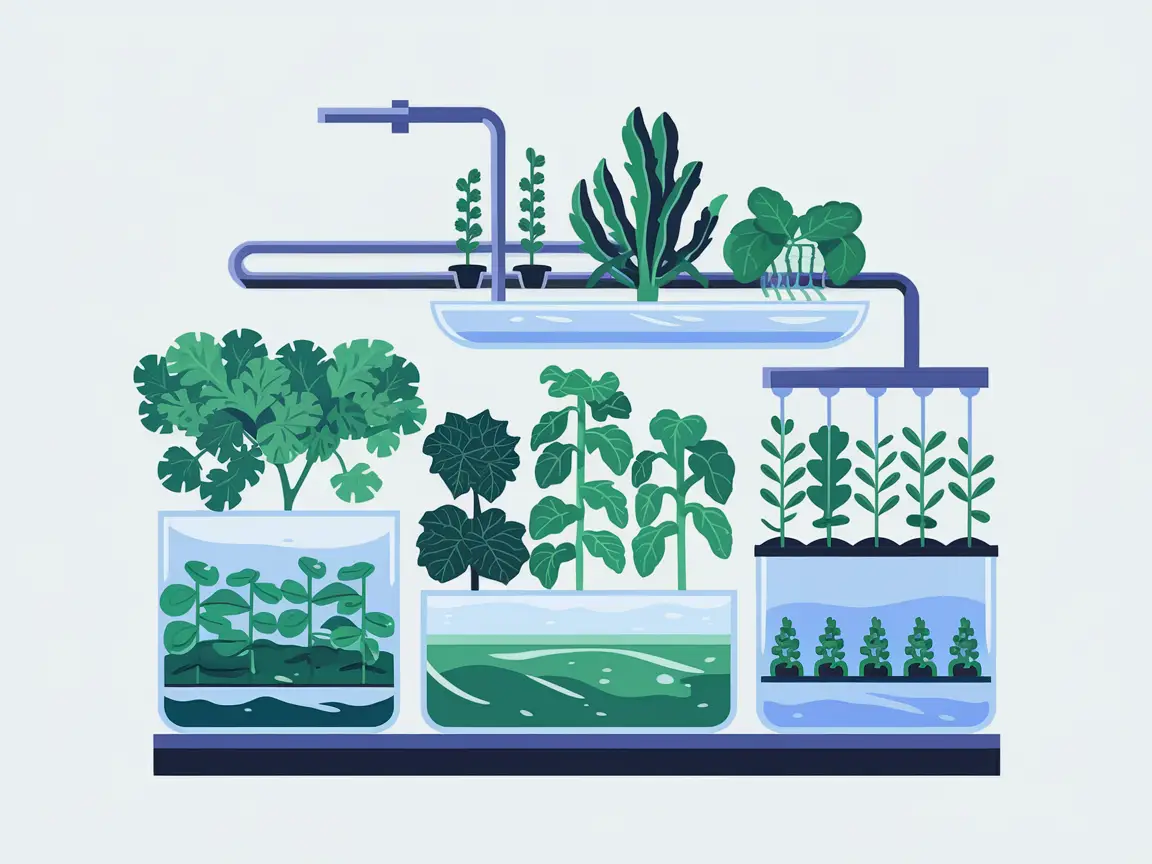What Are Wood Shavings? An Overview of the Material
Wood shavings are small, thin pieces produced when wood is sawn or planed. They are lightweight, porous, and consist of cellulose, hemicellulose, and lignin. Wood shavings are often used as mulch, for animal bedding, or in agriculture. In hydroponics, they could also play a role, especially for those seeking a natural, readily available, and biodegradable substrate.
Using wood shavings as a substrate offers a natural and eco-friendly alternative to synthetic materials. However, they do come with challenges, and their specific properties do not make them ideal for every hydroponic application.
Advantages of Wood Shavings in Hydroponics
Wood shavings bring some interesting benefits to hydroponics:
- Eco-friendliness and Sustainability: Wood shavings are a byproduct of the wood industry, making them a sustainable choice. They are biodegradable and can be composted after use.[3]
- Good Aeration: The structure of wood shavings allows for good air circulation, which is crucial for root growth. This prevents substrate compaction and ensures roots receive adequate oxygen.
- Lightweight and Easy to Handle: Wood shavings are lightweight, easy to transport, and handle, making them a convenient option for smaller hydroponic systems or greenhouses.
- Cost-effective and Widely Available: Since wood shavings are a byproduct of wood processing, they are often inexpensive and available in large quantities.
Drawbacks and Challenges of Using Wood Shavings
Despite their advantages, wood shavings also come with some disadvantages and challenges that should be considered:
- Limited Water Retention:
Wood shavings have low water-holding capacity. Water drains quickly, making it challenging to maintain consistent moisture. In systems that require constant water supply, plants may dry out quickly if grown solely in wood shavings.[1] - Decomposition and Possible Nutrient Blockage:
Wood shavings decompose over time, potentially releasing tannins. These tannins can harm roots and hinder nutrient absorption. Additionally, decomposing wood shavings may deplete nitrogen in the system, slowing plant growth.[2] - Potential for Contamination and Pest Problems:
Being organic, wood shavings can attract fungi, mold, and pests, especially in moist conditions. Careful monitoring and preventative measures are necessary to minimize these issues.[4] - pH Fluctuations and Instability:
Depending on the wood type, shavings can influence the pH of the nutrient solution. Softwoods like pine tend to have an acidic pH, while hardwoods like oak are more alkaline. This requires careful monitoring and pH adjustment of the nutrient solution.
For Which Hydroponic Systems Are Wood Shavings Suitable?
Because of their specific properties, wood shavings are best suited for certain hydroponic systems, especially when combined with other substrates:
- Drip Systems in Combination with Other Substrates: Wood shavings can be mixed with substrates like perlite or coconut fiber to provide a balanced mix of water retention and aeration. This combination works well in drip systems, where even watering and nutrient distribution are important.
- Use with Caution in Ebb and Flow Systems: In ebb and flow systems, wood shavings can be part of a substrate mix, but require regular monitoring to ensure adequate watering and avoid rapid substrate decomposition.
- Vertical and Seedling Systems: Due to their low weight, wood shavings are well-suited for vertical systems where substrate weight matters. They offer good root support and prevent substrate compaction.
Tips for Using Wood Shavings in Hydroponics
If you want to use wood shavings in your hydroponic system, keep these important tips in mind:
- Select the Right Wood Type: Not all woods are the same. Softwoods like pine decompose faster and release more tannins, while hardwoods are more stable and cause fewer pH fluctuations.
- Mix with Other Substrates: Wood shavings should rarely be used as the sole substrate. Mixing with other substrates that have better water retention, like coconut fiber or vermiculite, can significantly enhance performance.
- Regular Monitoring and Replacement: Wood shavings decompose over time, so regular monitoring is necessary to ensure the substrate maintains its structure and function. Replacement after each growing season may be required.
- Pre-Sterilize Before Use: Wood shavings should be sterilized before use to minimize the risk of fungi, mold, and pests. This can be done by soaking in a mild bleach solution and thoroughly rinsing afterward.
Sustainability and Environmental Considerations of Wood Shavings
Wood shavings are a highly sustainable substrate, as they are a byproduct of wood processing. Their use reduces waste and offers an eco-friendly alternative to non-renewable substrates like rock wool or perlite. After use, they can be composted or applied as a soil amendment in agriculture, further minimizing environmental impact.
However, there are nuances to consider: transporting wood shavings can require a significant amount of energy depending on their origin, potentially increasing their environmental footprint. Using local sources can help reduce their carbon footprint.
Wood Shavings vs. Other Hydroponic Substrates
How do wood shavings compare to other well-known substrates like rock wool, expanded clay, or coconut fiber?
- Rock Wool: Rock wool is excellent for water absorption and retention but is non-biodegradable and difficult to dispose of. Wood shavings are biodegradable but less effective at retaining water.
- Expanded Clay: Expanded clay provides excellent aeration and drainage but retains less water and is heavier. Wood shavings are lighter and provide good aeration, but their decomposition and tannin release can be problematic.
- Coconut Fiber: Coconut fiber has excellent water retention, while wood shavings are more aerated but decompose faster. A combination of both materials can offset their individual weaknesses.
Are Wood Shavings the Right Substrate for You?
Wood shavings are an interesting, but not perfect, substrate for hydroponics. They provide good aeration, sustainability, and easy handling, yet are limited by their low water-holding capacity and the possibility of decomposition and contamination. Wood shavings are best suited when combined with other substrates that can offset their weaknesses.
If you are willing to choose the right wood type, prepare the substrate carefully, and monitor it regularly, wood shavings could be an affordable and eco-friendly addition to your hydroponic system. Experiment and share your experiences with the hydroponics community to get the most out of this unconventional substrate option!

